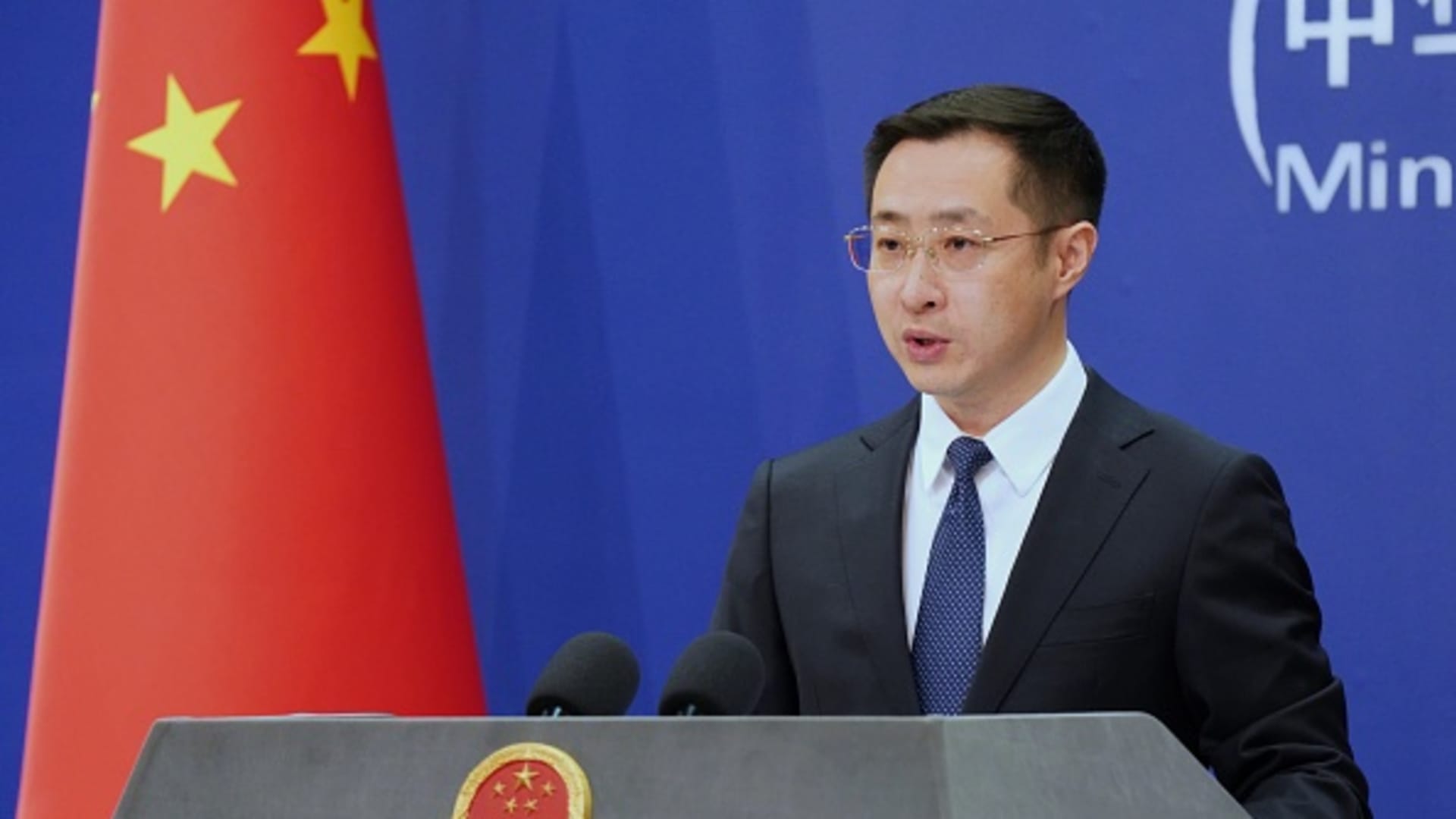The Trade War: A Complex Dance of Tariffs and Diplomacy
The recent trade negotiations between the United States and China have been a whirlwind of diplomatic maneuvers and economic posturing. The U.S. and China agreed to a 90-day pause on most of the tariffs they have imposed on each other. This pause is a significant development in the ongoing trade war, which has seen tariffs on Chinese goods drop from 145% to 30%, and Chinese tariffs on U.S. goods from 125% to 10%. This agreement, reached in Geneva, has been hailed as a major de-escalation in the trade tensions between the two economic giants.
The Economic Impact
The tariff rollback has had an immediate and positive impact on global markets. Stocks rallied worldwide as investors saw the deal as a sign of easing tensions. The U.S. Treasury Secretary Scott Bessent, who led the U.S. delegation, confirmed that both sides had pledged to slash tariffs. The 90-day pause provides a window for negotiators to work towards a more substantive agreement, potentially stabilizing global markets and reducing economic uncertainty.
Beijing’s Perspective
China has consistently maintained a strong stance against unilateral tariff measures imposed by the U.S. Beijing has warned countries against striking trade deals with the U.S. that could be seen as detrimental to China’s interests. This warning is part of China’s broader strategy to protect its economic sovereignty and ensure that other nations do not side with the U.S. in the trade war. China’s Commerce Ministry has been evaluating the possibility of trade talks with the U.S., but has set conditions for such negotiations, including the cancellation of existing tariffs.
The U.S. Stance
President Donald Trump has been vocal about the trade negotiations, claiming that talks are ongoing and that progress is being made. However, Chinese officials have denied any such negotiations, stating that no talks have taken place. This discrepancy in statements highlights the complex and often contradictory nature of the trade negotiations. Despite the denials, the U.S. has continued to push for a resolution, with Trump asserting that a “total reset” in relations between the two countries is possible.
Market Reactions
The agreement has been met with optimism by market watchers, who see it as a positive development for global markets. The Dow Jones Industrial Average snapped its 10-day losing streak, while the S&P and Nasdaq continued their downward trend. Investors are proceeding with caution, recognizing the potential for further volatility as negotiations continue. The 90-day pause provides a temporary respite, but the long-term impact will depend on the outcome of the ongoing talks.
The Road Ahead
The 90-day pause is a critical period for both countries. It allows time for negotiators to address the underlying issues driving the trade war. China’s insistence on the cancellation of tariffs as a precondition for negotiations adds a layer of complexity. The U.S. will need to balance its economic interests with the need for a diplomatic resolution. The outcome of these negotiations will have far-reaching implications for global trade and economic stability.
Conclusion
A Pivotal Moment in Global Trade
The U.S.-China trade deal represents a pivotal moment in global trade dynamics. The 90-day pause on tariffs is a significant step towards de-escalating tensions, but the road to a comprehensive agreement is fraught with challenges. Both countries must navigate complex economic and political landscapes to reach a mutually beneficial deal. The outcome will not only shape the future of U.S.-China relations but also influence global trade policies and economic stability. As negotiations continue, the world watches with bated breath, hoping for a resolution that benefits all parties involved.


